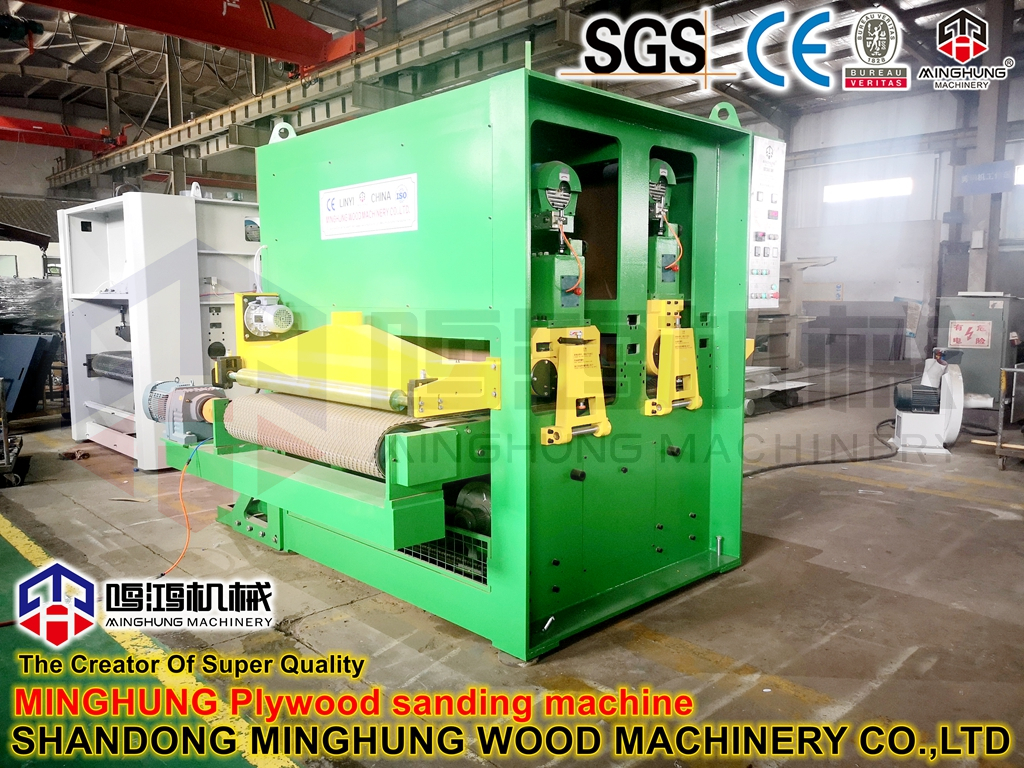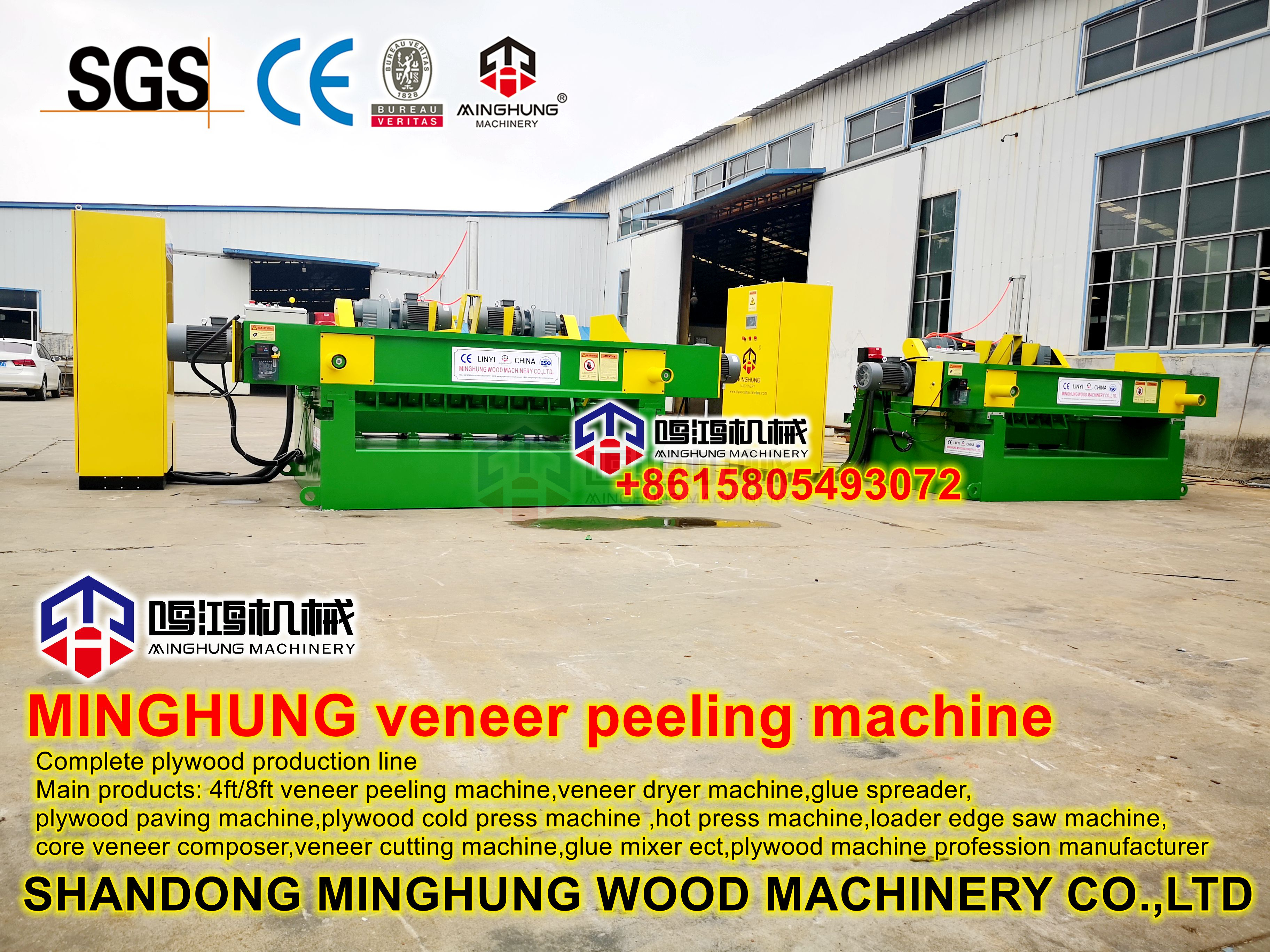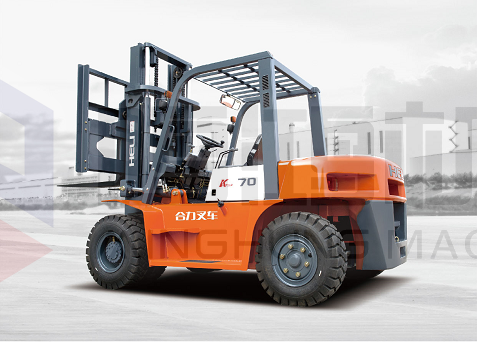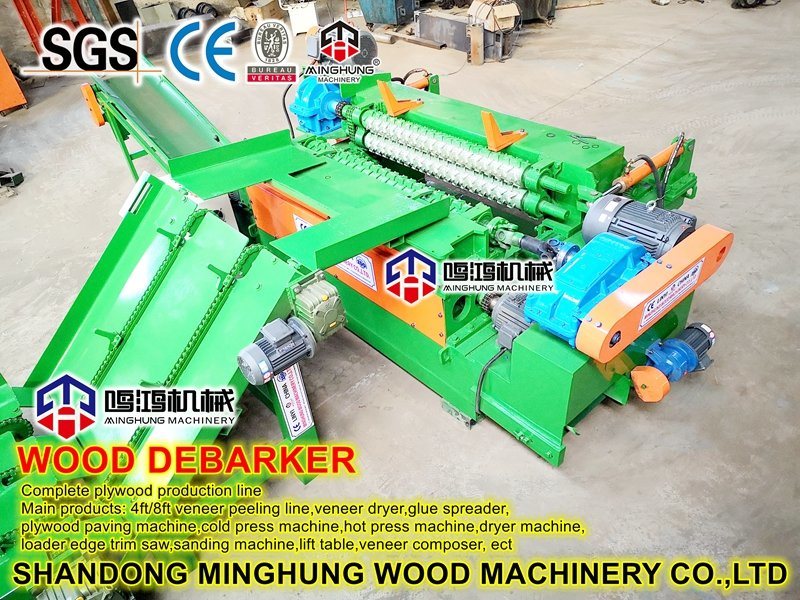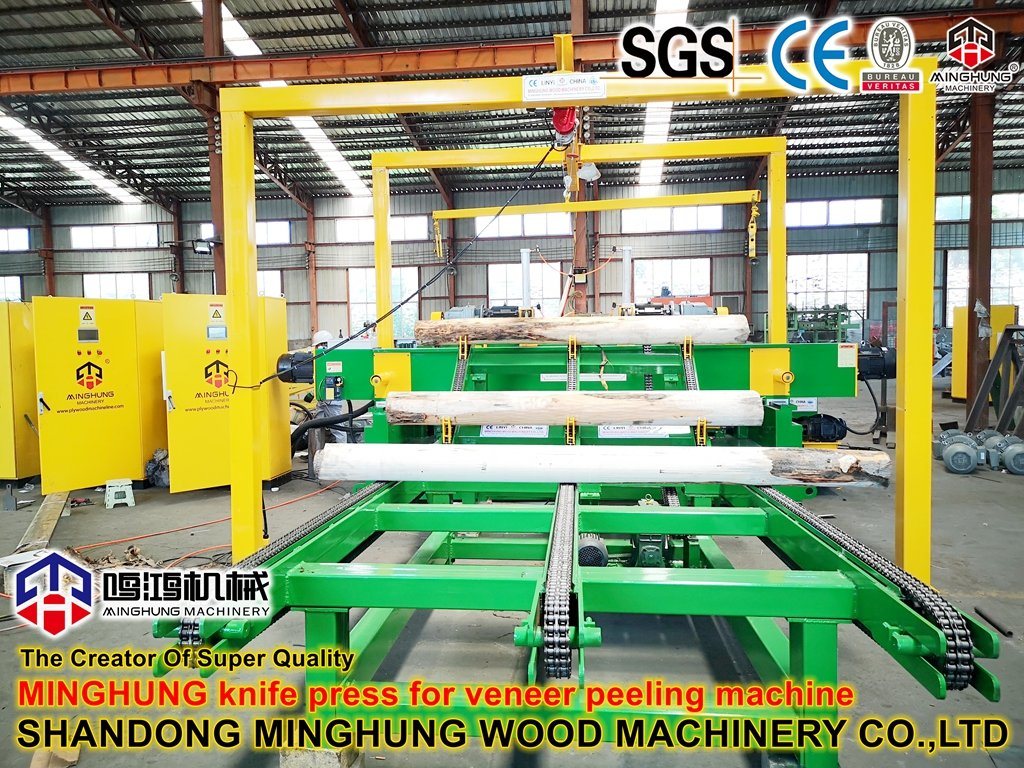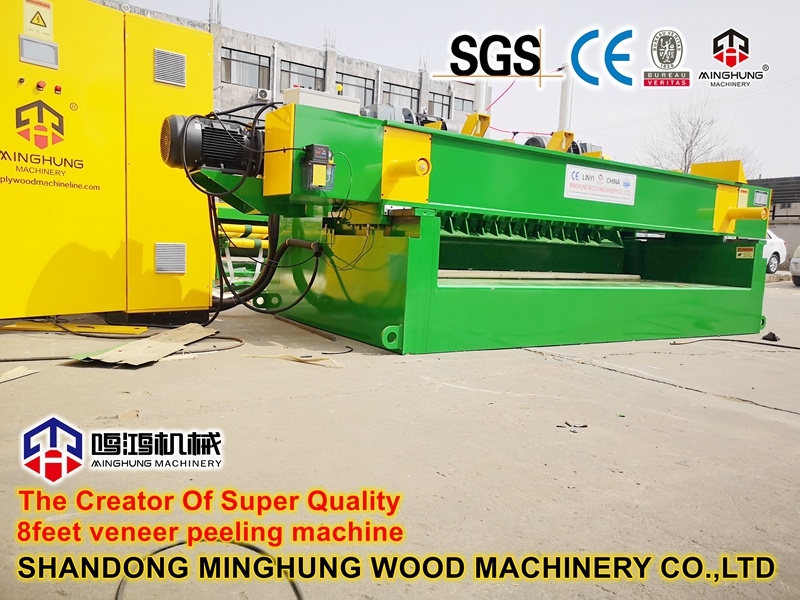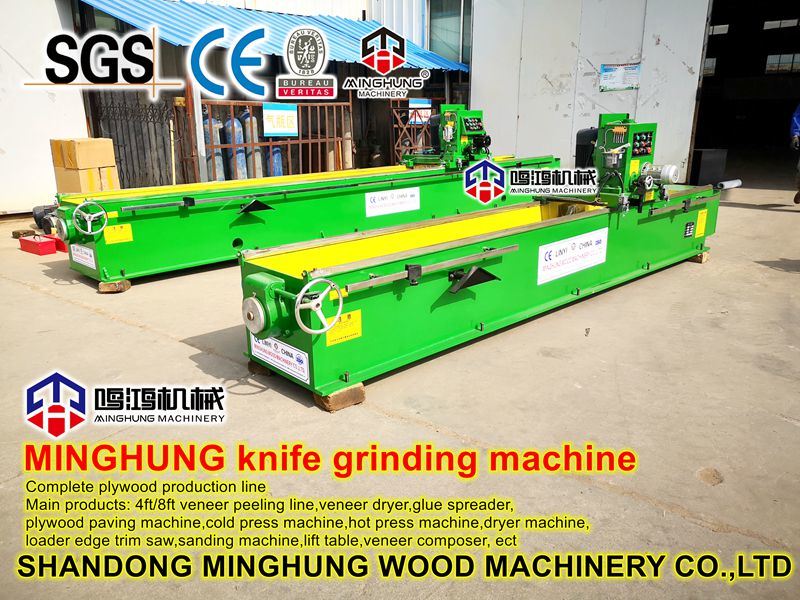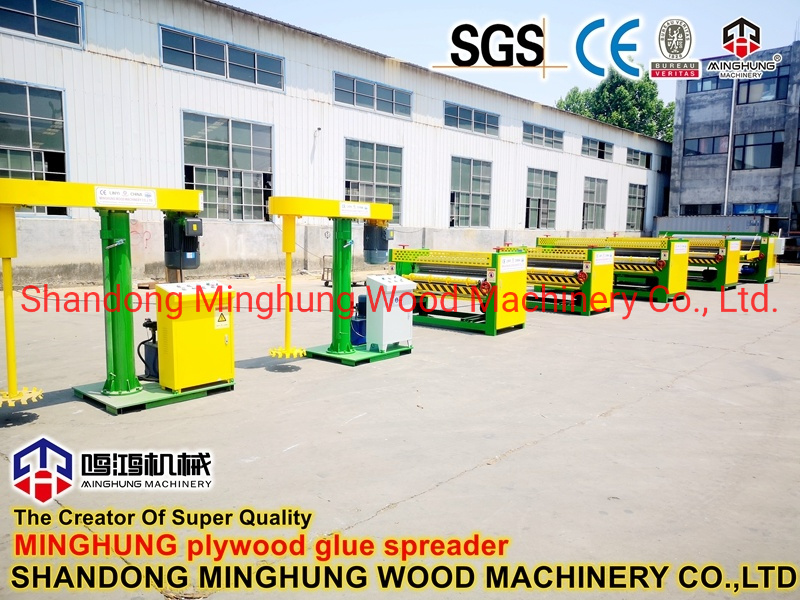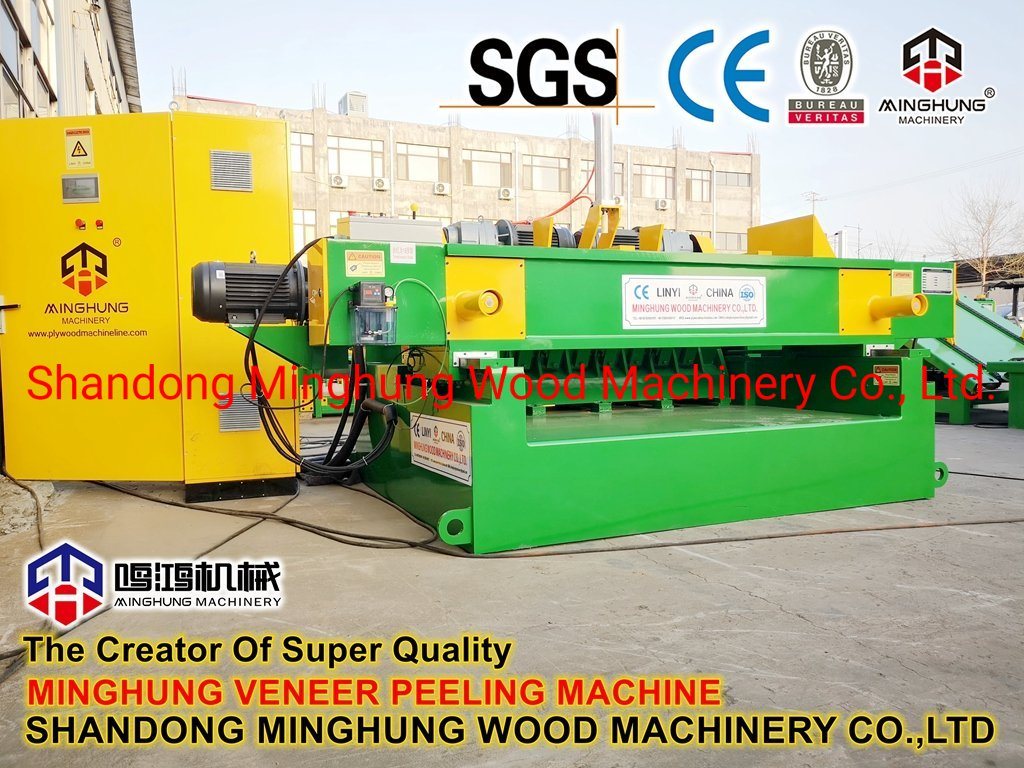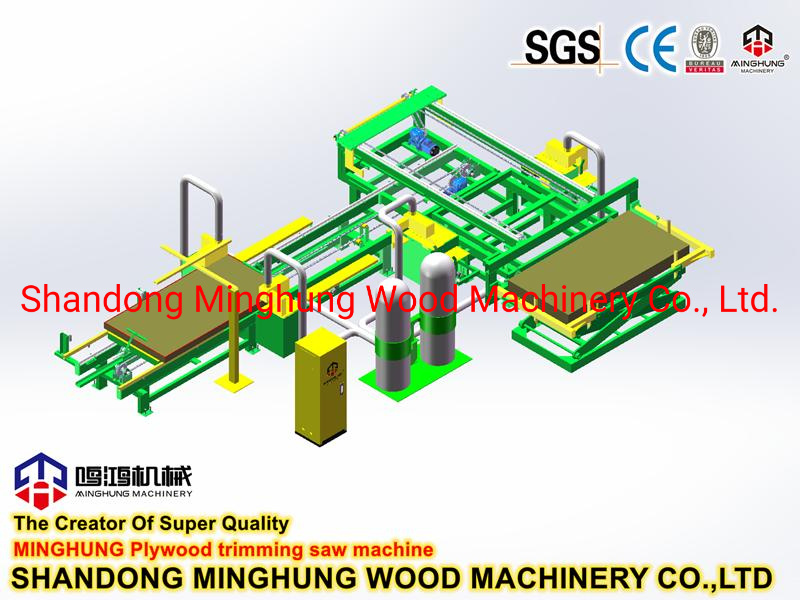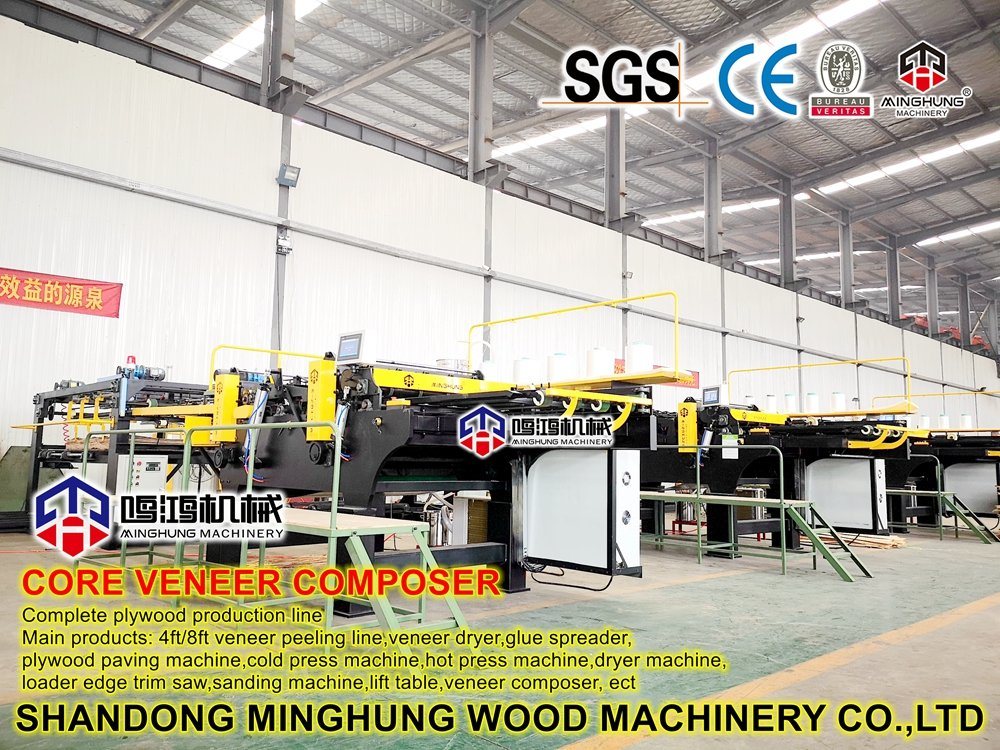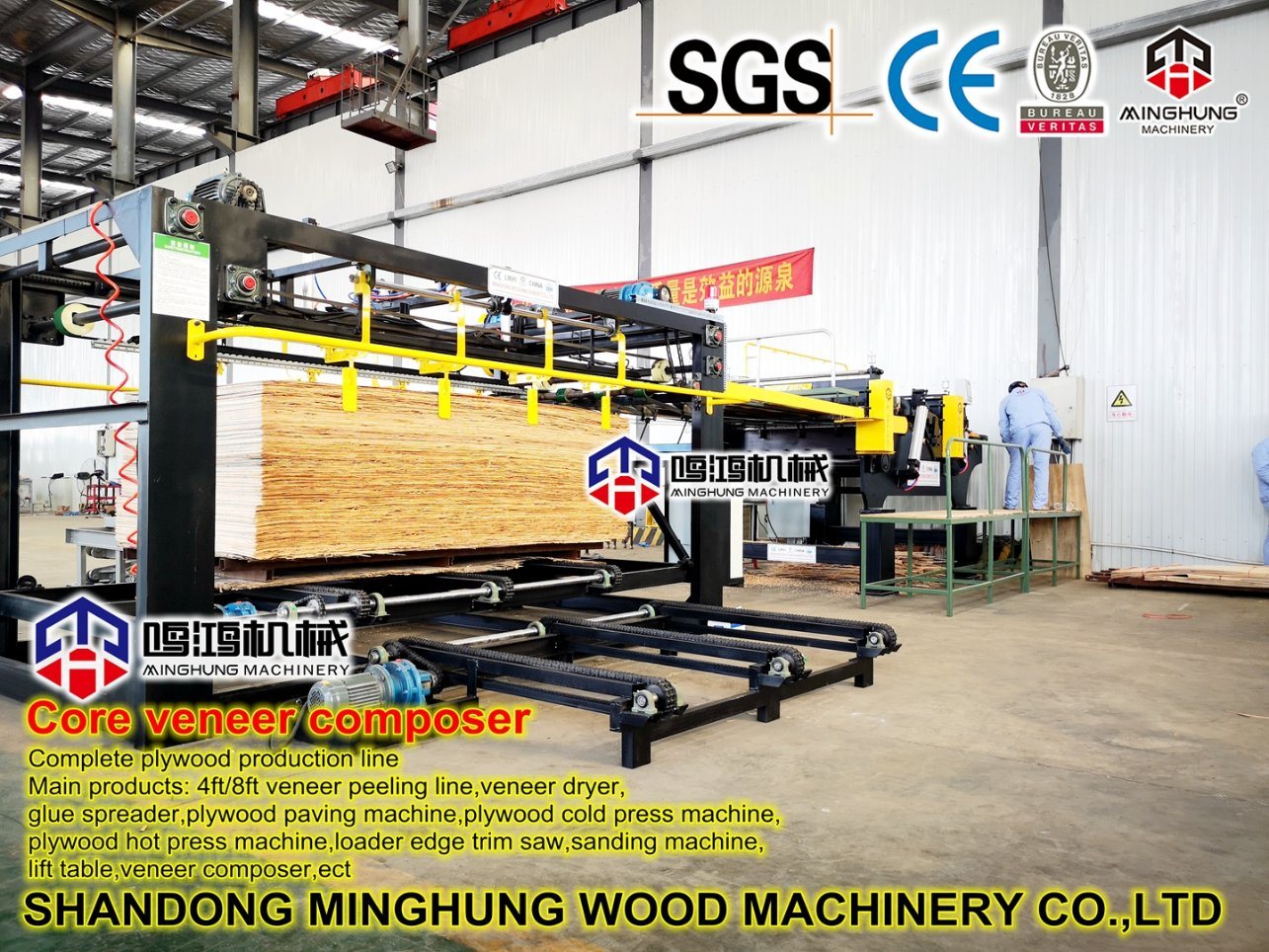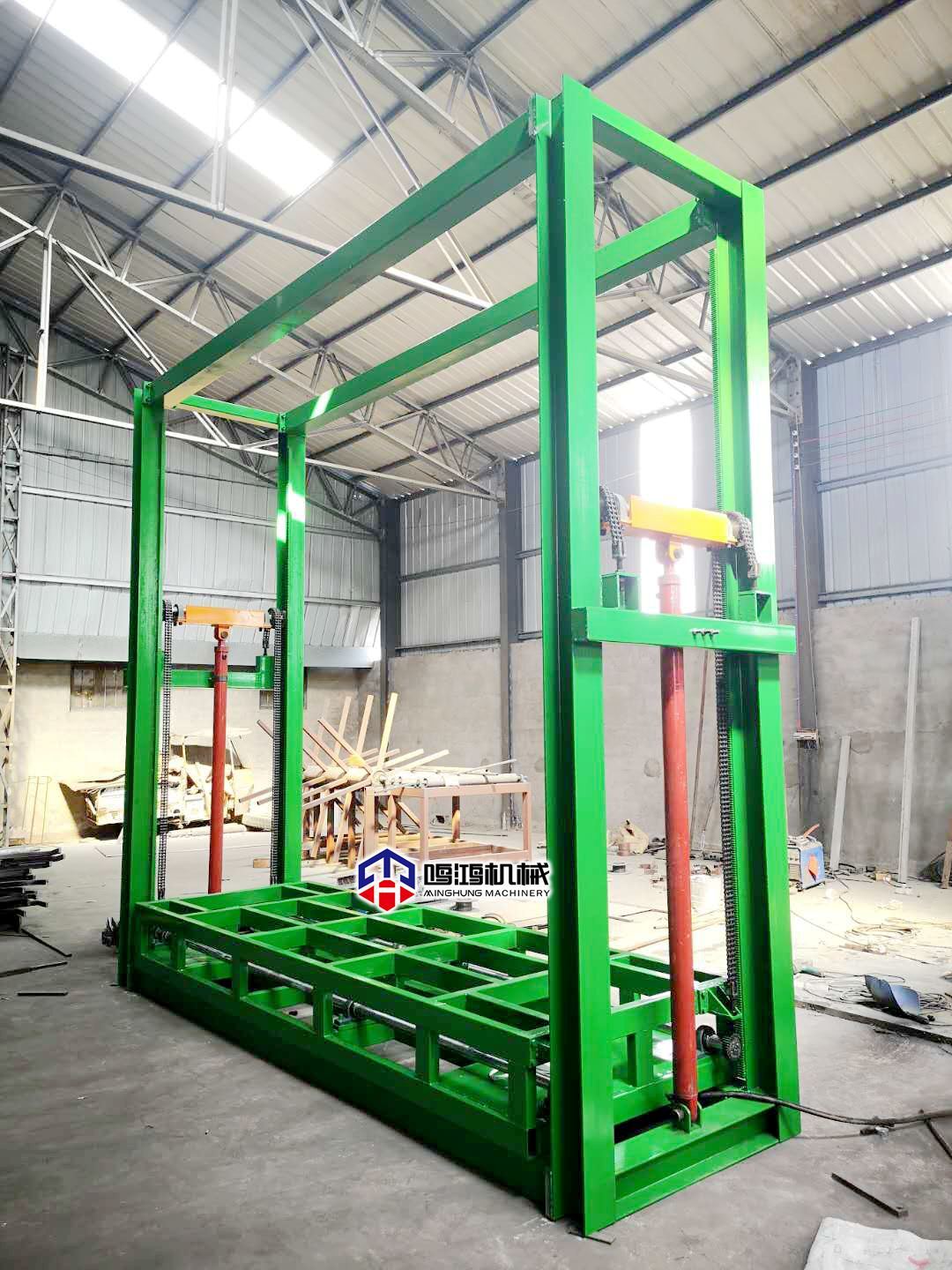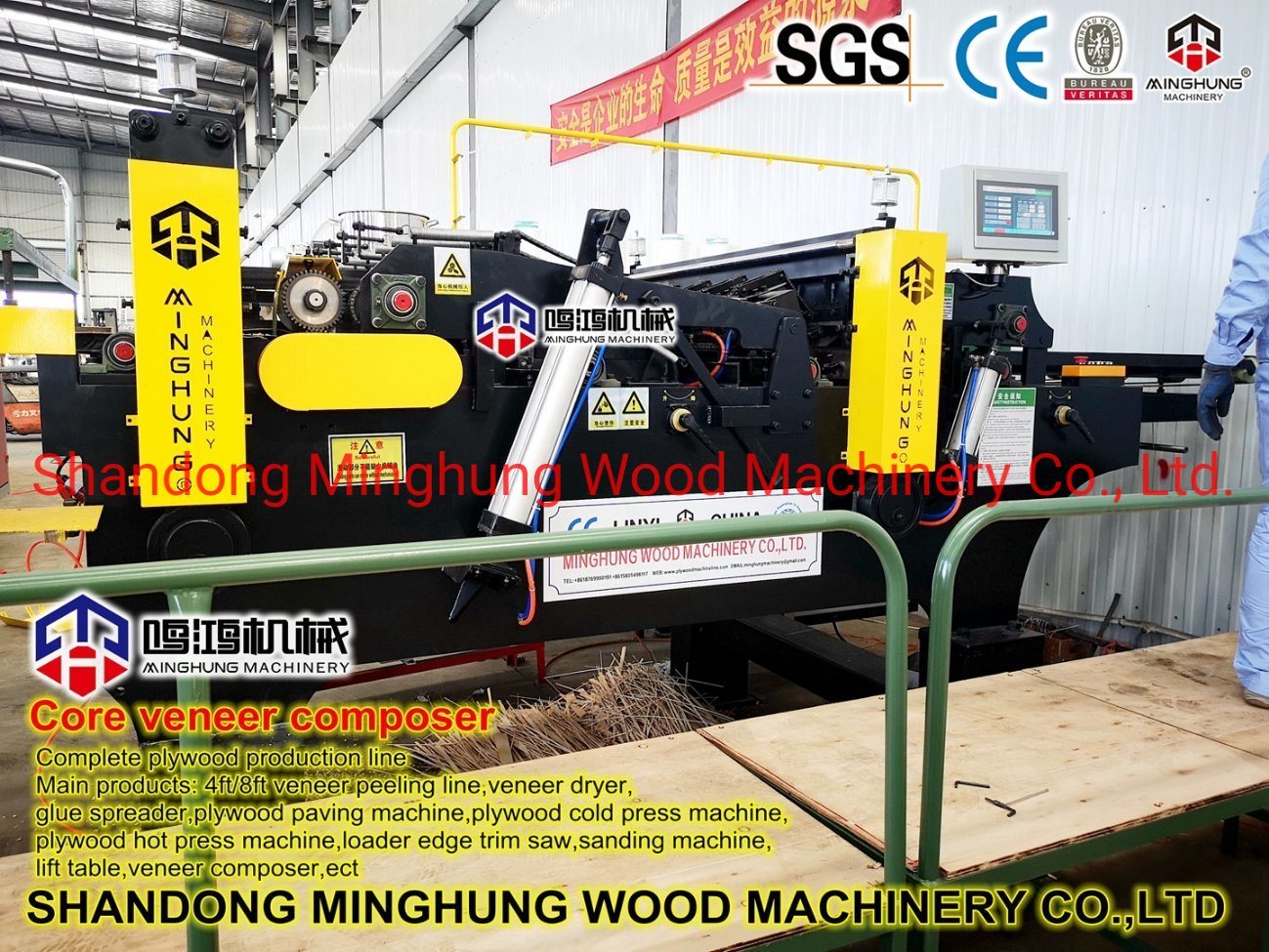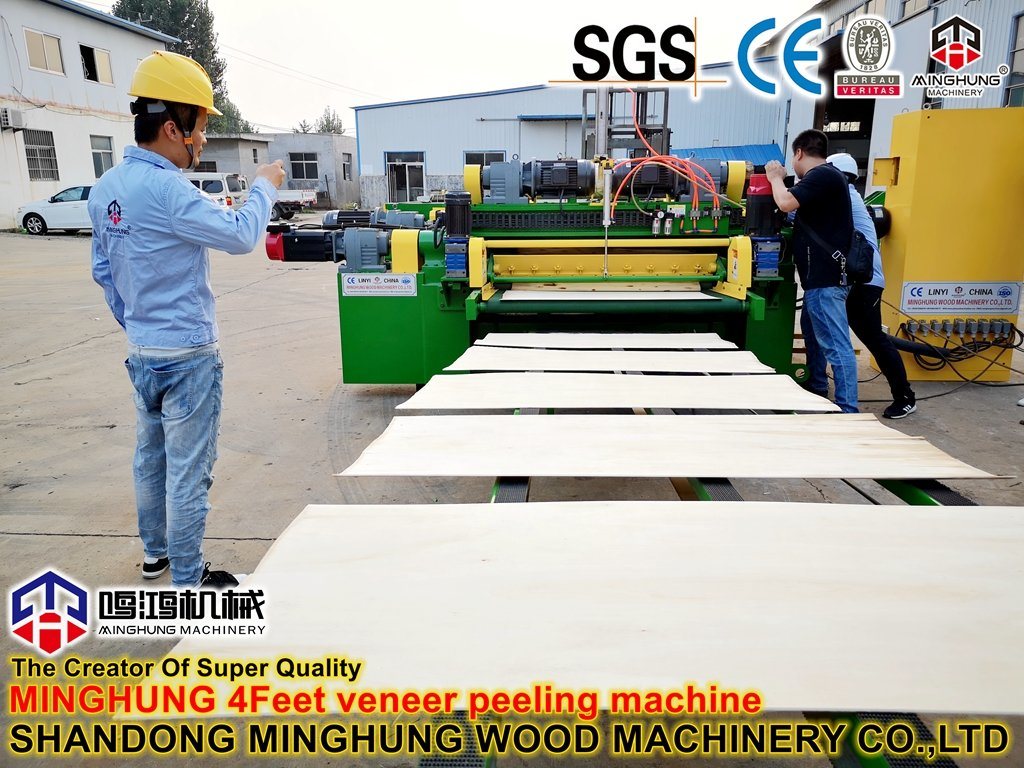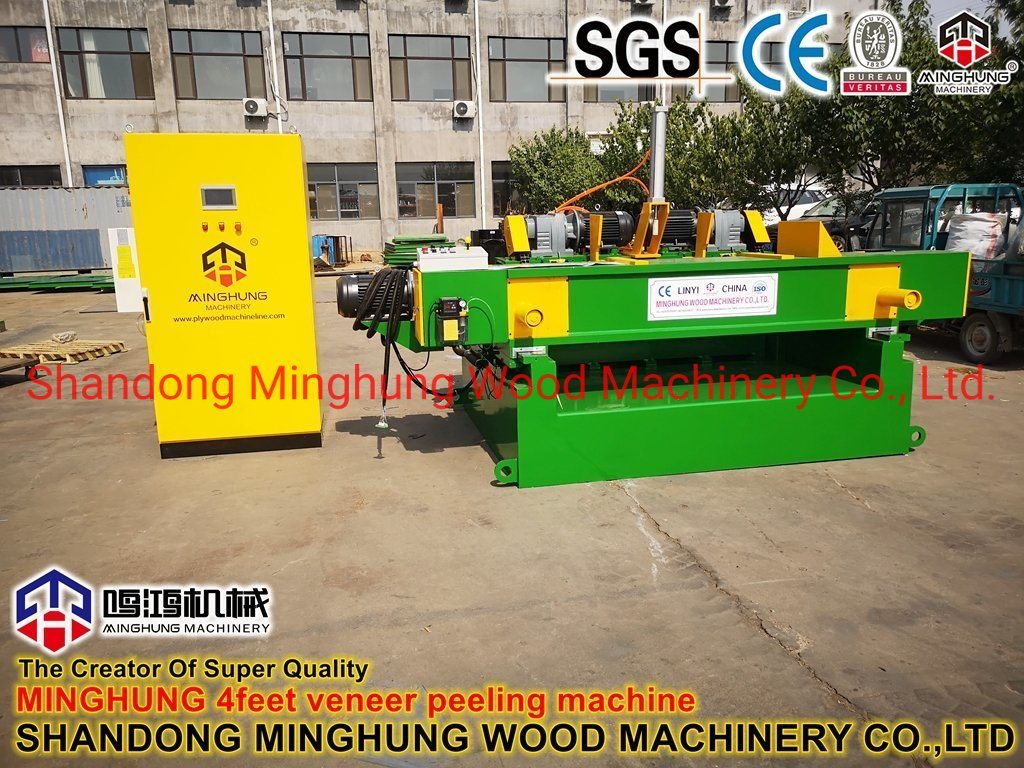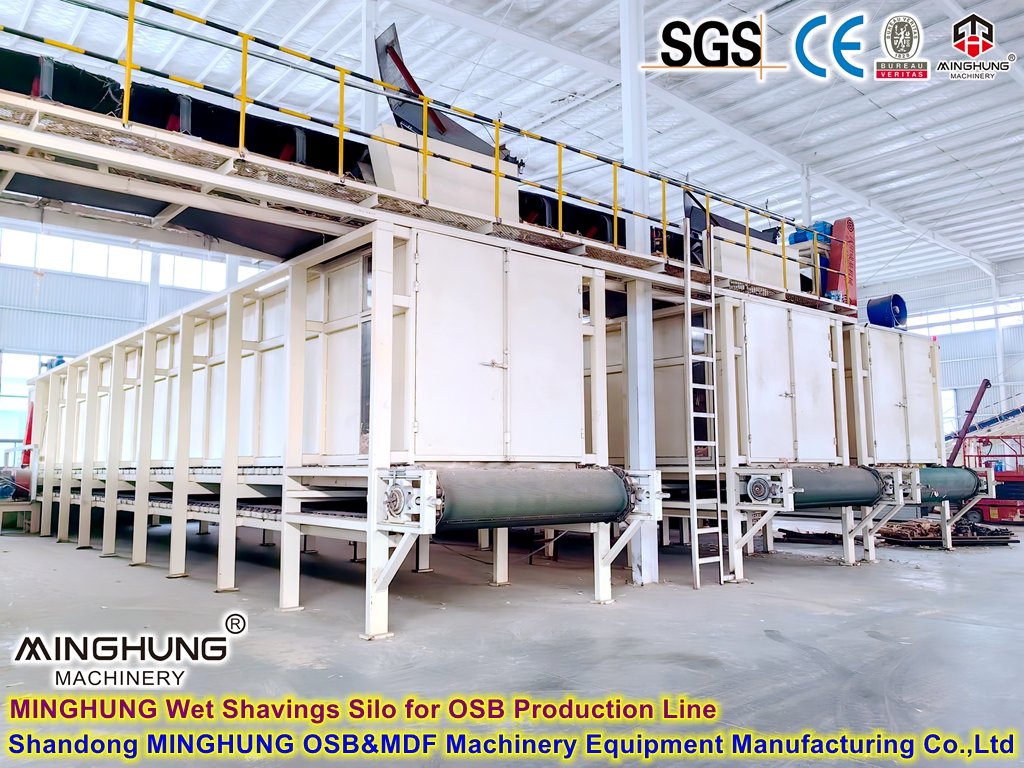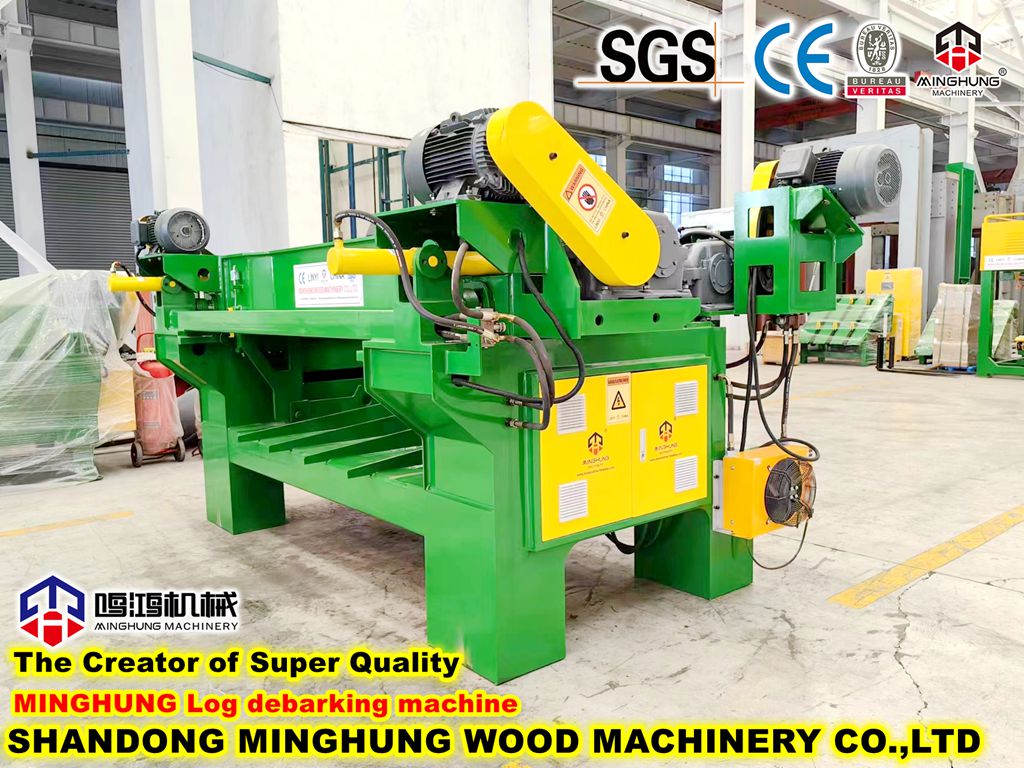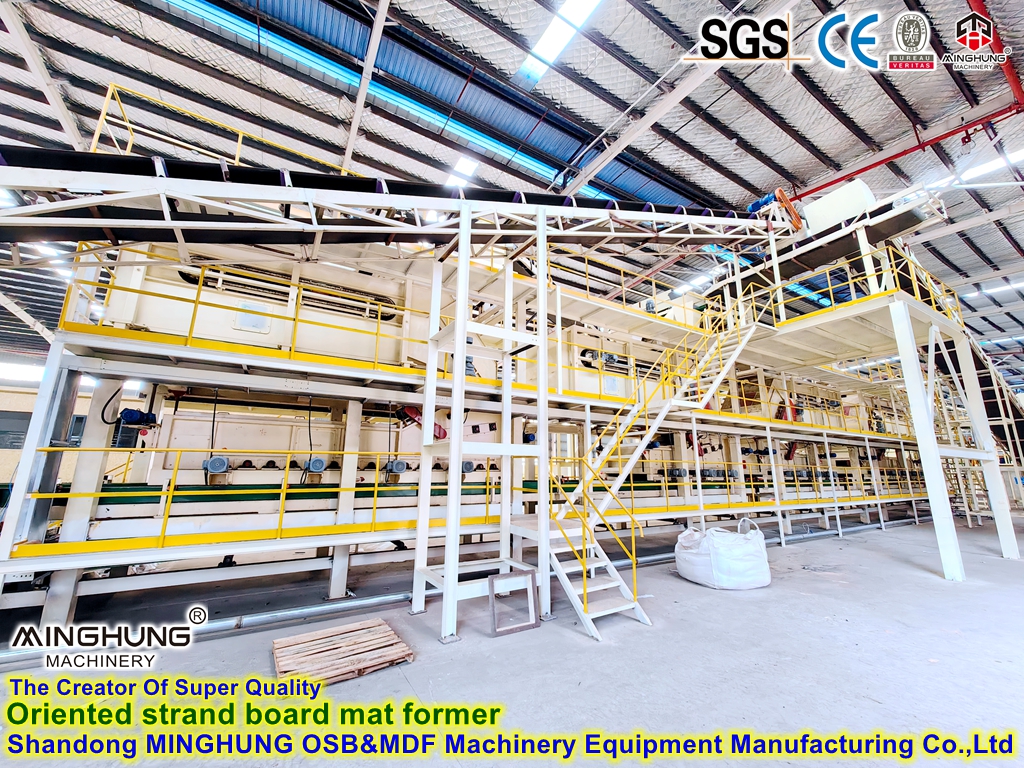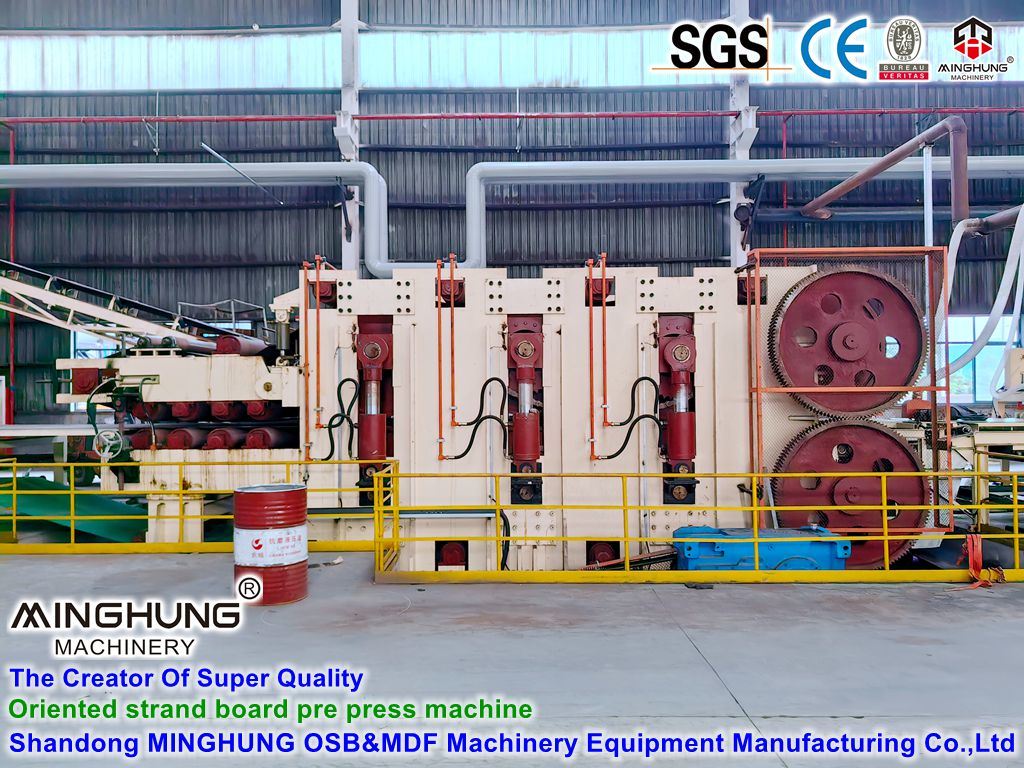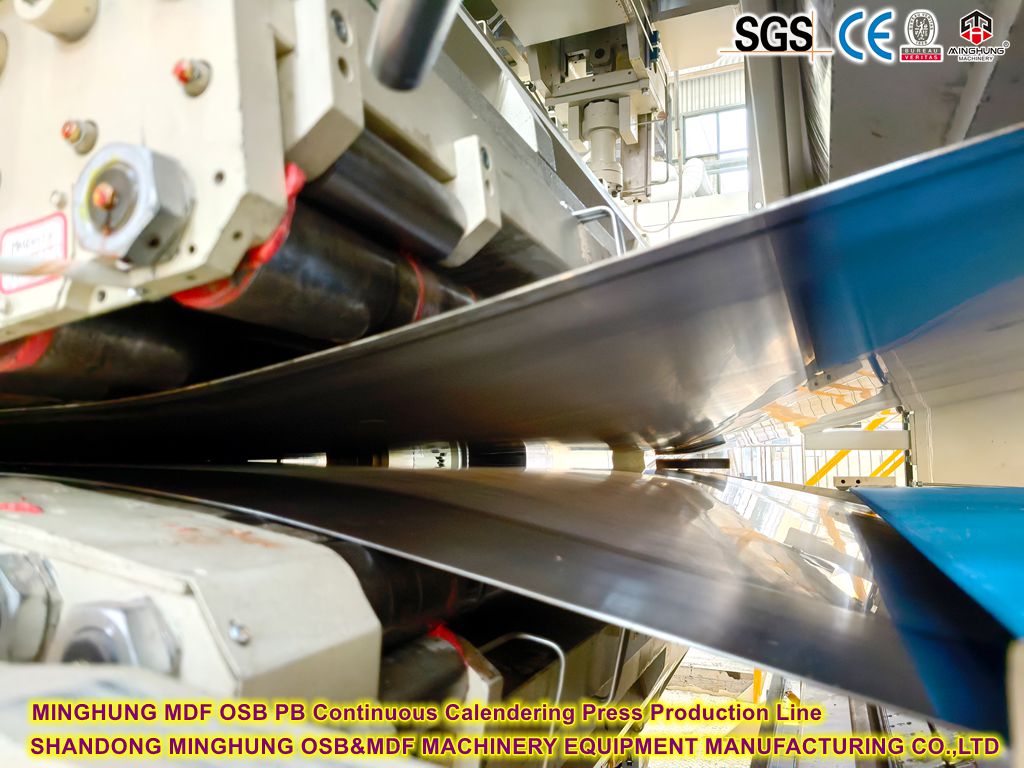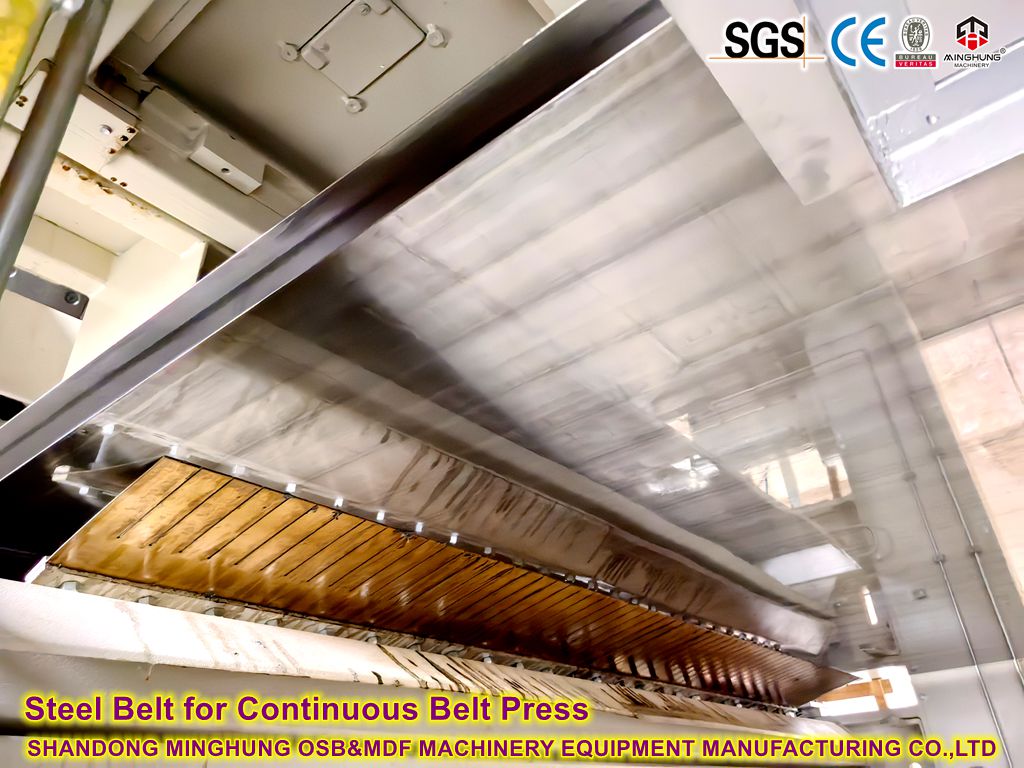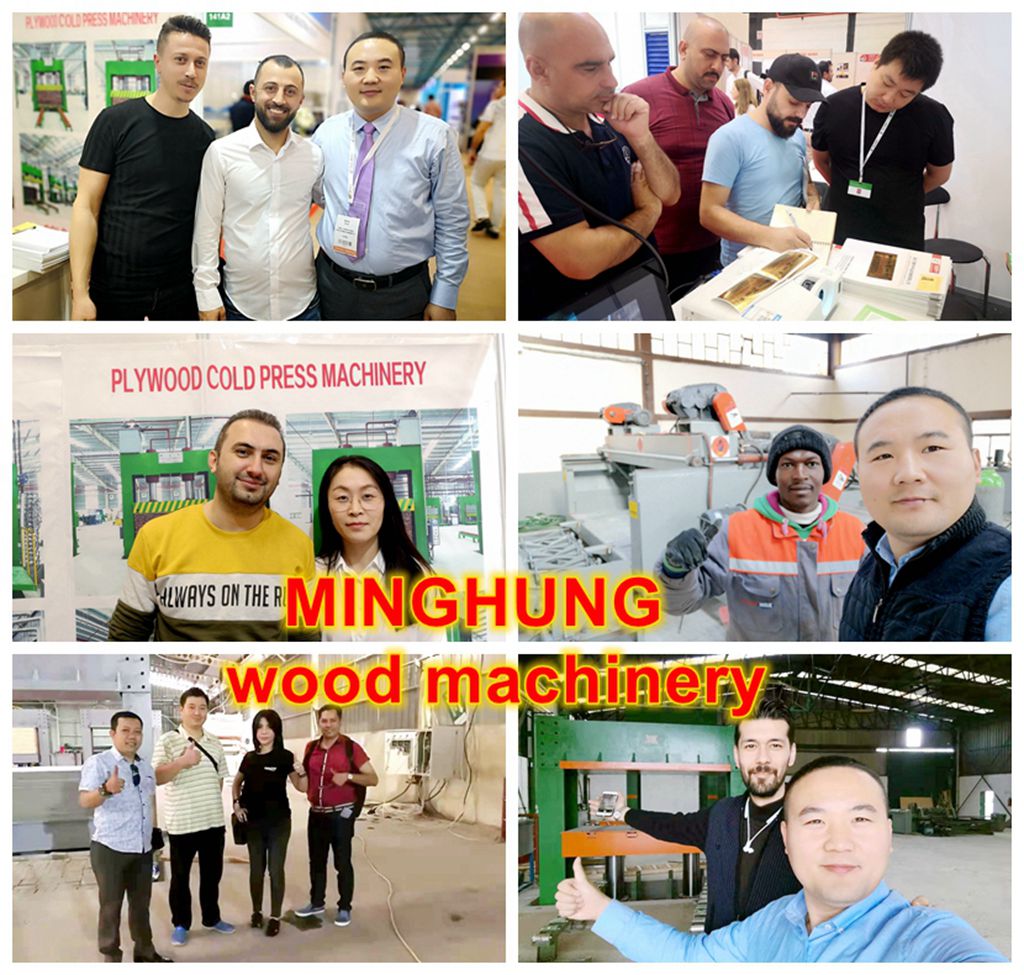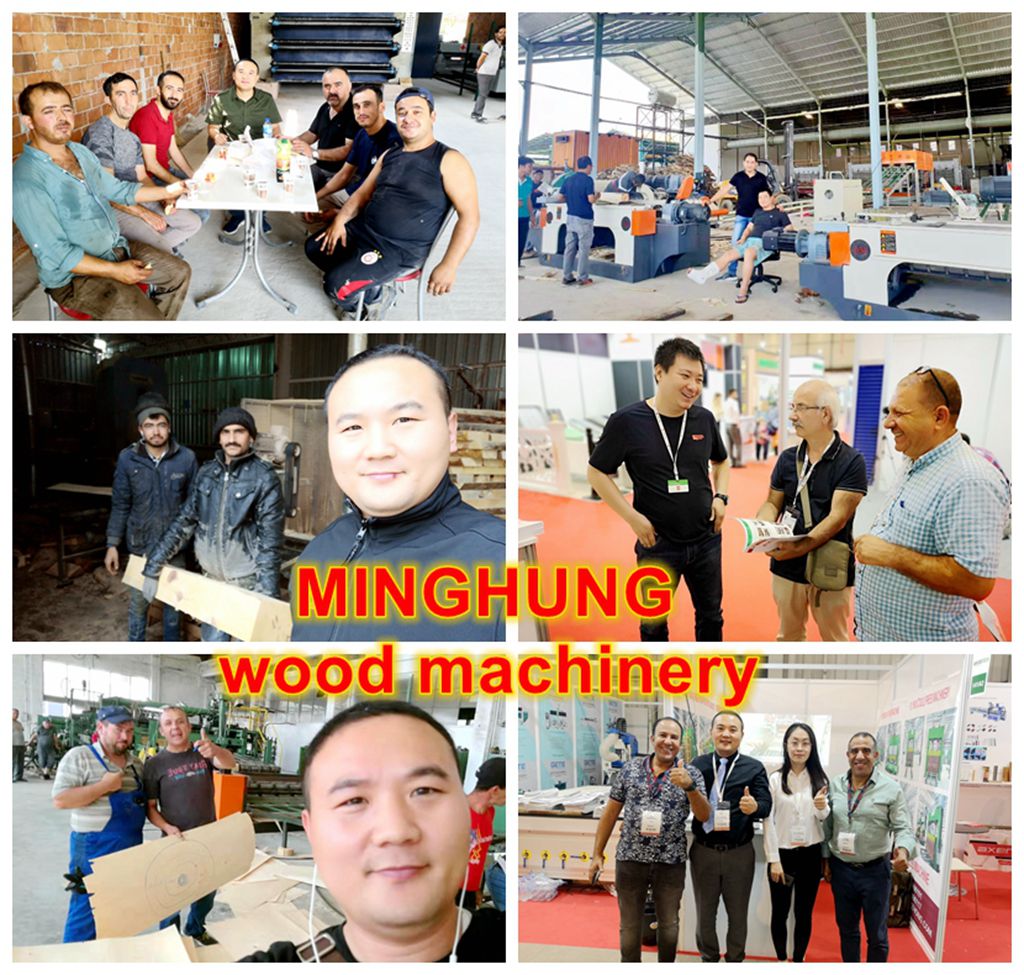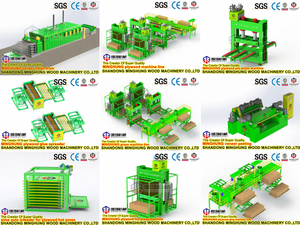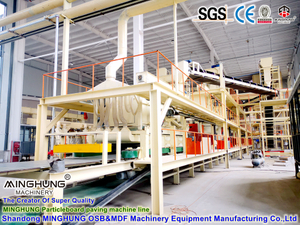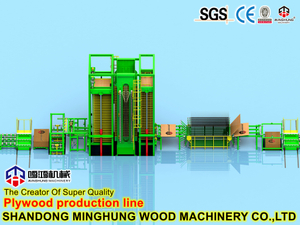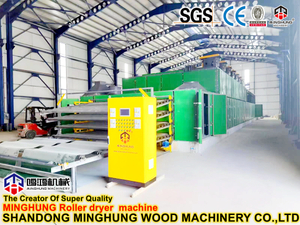Ⅲ.Core energy-saving system
1. Heat recovery system (mainly for hot press exhaust)
1.1 Objective: To recover the sensible and latent heat from the high-temperature, high-humidity exhaust gas discharged from the hot press.
1.2 Core components:
(1) Exhaust collection system: Pipes and air hoods are used to effectively collect high-temperature exhaust gas discharged from the hot press outlet (usually between the upper and lower platens or the press outlet area).
(2) Heat exchanger: This is the core of the system. Common types are:
Plate heat exchanger: Compact structure, high efficiency, but it needs to deal with dust and oil in the exhaust gas to prevent clogging and corrosion, and usually requires pre-filtration.
Heat pipe heat exchanger: It uses the phase change of the working fluid inside the heat pipe to transfer heat, with high efficiency, good corrosion resistance, not easy to clog, and relatively simple maintenance. It is widely used in the OSB industry.
Spray/direct contact heat exchanger: It uses water to directly spray the exhaust gas for heat exchange, which can absorb sensible heat and latent heat (condensing water vapor) at the same time, but it will produce wastewater that needs to be treated, and the recovered heat energy is in the form of hot water.
(3) Filtration system: Located before the heat exchanger, it is used to remove wood fiber dust, oil (from press lubrication) and possible tar-like substances in the exhaust gas, protect the heat exchanger and maintain its efficiency. Common ones include cyclone separators, bag filters, electrostatic precipitators, etc.
(4) Fan: Provides power to overcome system resistance, extracts exhaust gas from the hot press, and discharges or sends it to the exhaust gas treatment device (such as RTO) after filtering and heat exchanger.
(5) Control valves and instruments: Temperature sensors, pressure sensors, flow meters, regulating valves, etc., used to monitor and control the exhaust gas flow rate, temperature, heat exchange medium flow, optimize heat recovery efficiency and safe operation.
1.3 Working Principle:
1. High-temperature exhaust gas (usually 180-220°C) is extracted from the hot press outlet by the fan.
2. The exhaust gas first passes through the filtration system to remove most of the dust and impurities.
3. The purified high-temperature exhaust gas enters the heat exchanger.
4. In the heat exchanger, the heat of the exhaust gas is transferred to the medium on the "cold side".
Most common application: Heating the drying air. The "cold side" medium is fresh air from the environment or the plant (or part of the recirculated air). The exhaust air heats this air, raising its temperature significantly (up to 120-160°C). This heated air is fed directly into the drying system (e.g. drum dryer or belt dryer) for drying the wet wood chips. This is the most direct and efficient use, as drying is the second largest energy consumer after hot pressing. The recovered heat directly replaces the fuel (natural gas or steam) that would otherwise be consumed in the drying oven.
Other applications: Heating process water (such as water for glue making, water for workshop heating), preheating boiler feed water, etc. (the efficiency is relatively lower than heating dry air).
5. After releasing the heat, the temperature of the exhaust gas is greatly reduced (usually to 100-140°C or lower), and then it is sent to the exhaust gas treatment system (such as RTO for VOC incineration) or discharged after meeting the emission standards.
6. The heat exchange process is usually designed as indirect heat exchange (except for spray type), and the exhaust gas and the heated air/water are not directly mixed.
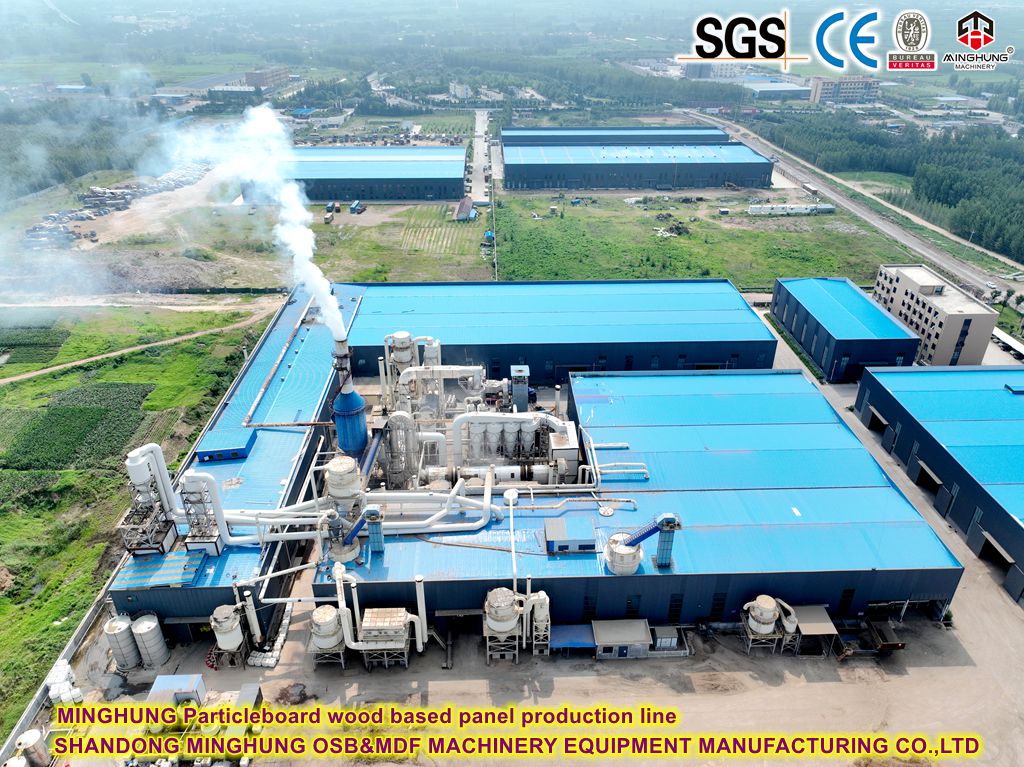
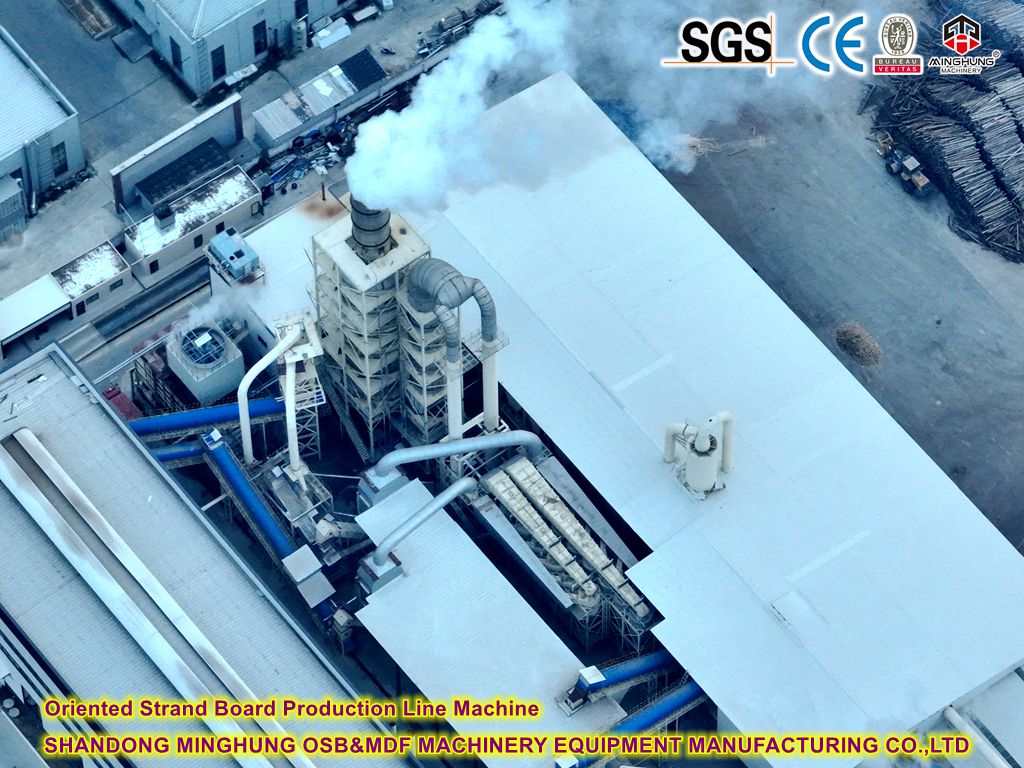
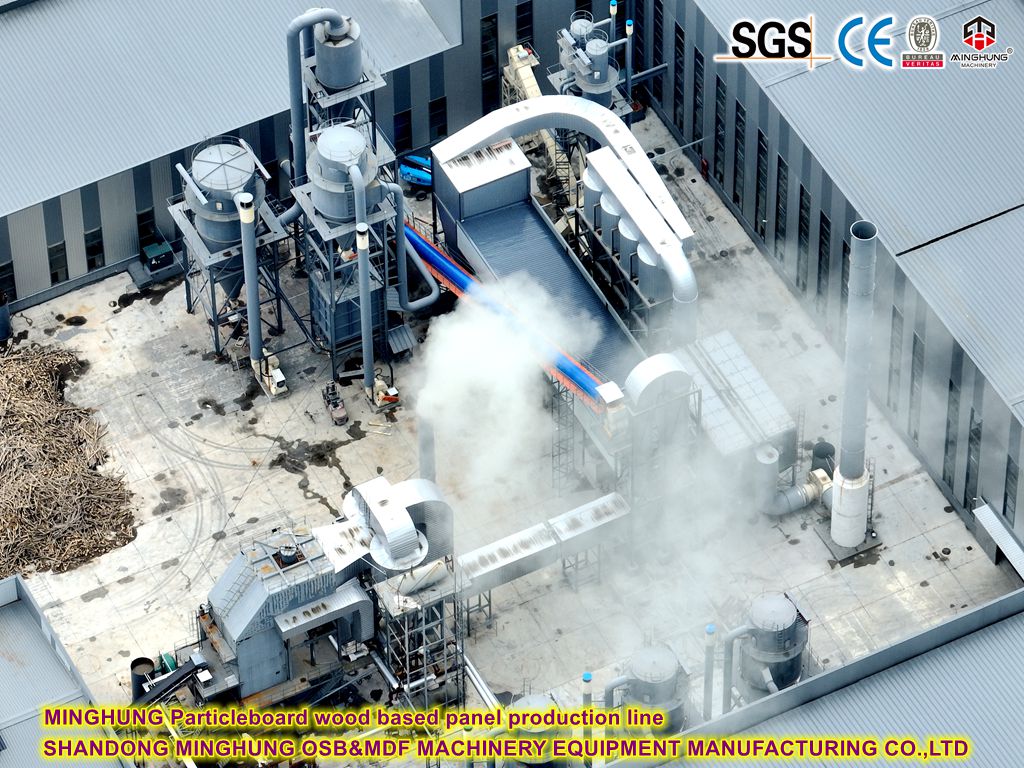
2. Waste heat utilization system (mainly for steam condensate)
2.1 Goal: Recycle the heat in high-temperature steam condensate.
2.2 Background: The hot press heating plate is usually heated by high-pressure saturated steam (e.g. ~10 bar, 180°C). After the steam condenses in the heating plate and releases latent heat, high-temperature condensate is formed (the pressure is reduced, but the temperature is close to the saturation temperature at the corresponding pressure, for example, about 170-175°C when discharged at ~8 bar).
2.3 Core components:
Flash tank: This is the key equipment. High temperature and high pressure condensate is introduced into a lower pressure container (flash tank).
Steam separator: Usually integrated in the flash tank.
Pipeline, valve and control system: Used to transport condensate, control flash tank pressure, transport flash steam and residual hot water.
2.4 Working Principle (Flash Steam Recovery):
(1) High-temperature and high-pressure condensate is discharged from the hot press heating plate.
(2) Condensate enters the flash tank with lower pressure through the pressure reducing valve.
(3) Due to the sudden drop in pressure, part of the high-temperature condensate instantly "flashes" into low-pressure steam (called "flash steam" or "secondary steam"). For example, 10 bar condensate enters a 1-3 bar flash tank, which will produce saturated steam of the corresponding pressure.
(4) In the flash tank, the flash steam rises to the top and the remaining high-temperature hot water sinks to the bottom.
(5) Flash steam: is drawn out and transported to low-pressure steam users. In an OSB plant, the most important low-pressure user is the wood chip dryer (the dryer usually requires lower pressure steam, such as 3-5 bar). This part of the flash steam directly replaces the fresh boiler steam that the dryer originally needs to consume.
(6) Residual hot water: Although the temperature has dropped (for example, from 175°C to 110-120°C), it still contains a lot of heat. This part of hot water is usually: sent back to the boiler as preheated feed water, significantly reducing the fuel required for the boiler to heat the cold water to boiling. Or used in other process points that require hot water (such as rubber workshop, wood chip washing, workshop cleaning, etc.).
(7) The entire system stably generates flash steam at the required pressure by controlling the pressure of the flash tank.

